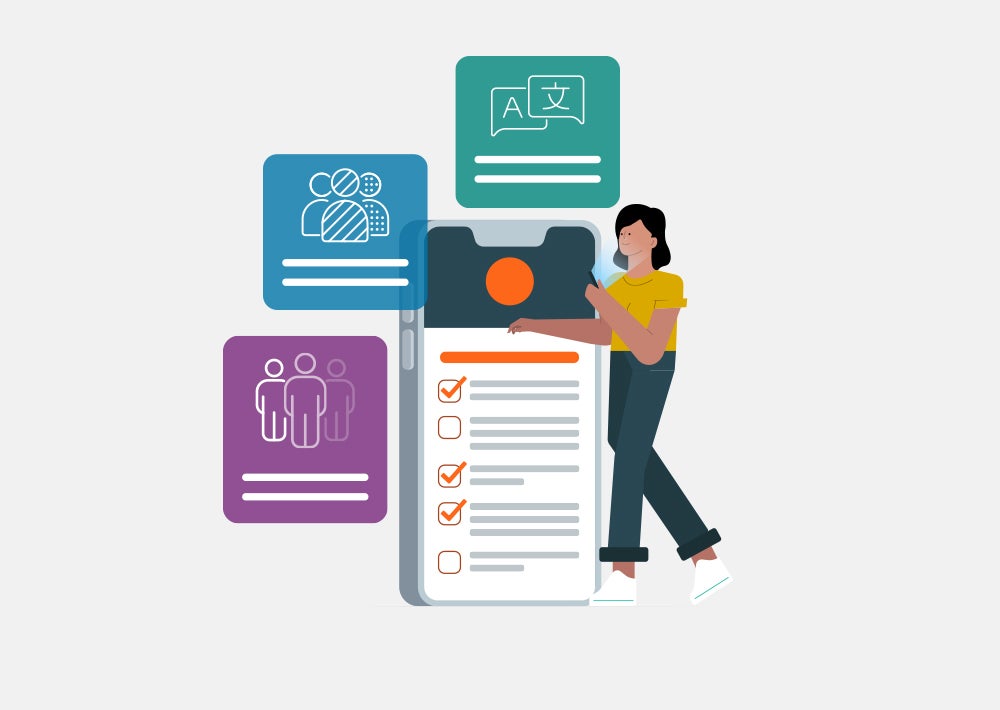Filling unexpected open appointment slots left by sudden cancellations is critical to keeping practice schedules full and ensuring that patients quickly get the care they need. But in most healthcare organizations, that process is disjointed and time-consuming. Many practices and health systems use electronic waitlists to fill reopened appointments. However, patients often must enroll in a practice portal. Staff then must manually manage the waitlist and call or email individual patients to notify them about newly available appointments.
What if there were a better, faster way to quickly fill unexpected scheduling gaps and reduce the time from scheduling to visit?
Automated schedule management solves this crucial patient access issue—and it does so without taking up any staff time.
It works like this: When a patient cancels an appointment, the automated scheduling tool identifies other clinically relevant patients with upcoming appointments, based on customizations designed by the practice. It then automatically sends those patients a text message offering them the opportunity to claim the earlier, reopened appointment slot. The first patient to reply gets the appointment—no waitlist sign-ups, apps, portals or staff work required.
In fact, when one regional health system wanted to fill more of its unexpected open appointment slots, it decided to test both an automated schedule-management tool and an electronic waitlist. Two months later, the health system filled 40 times more appointments using the automated solution.
Automated schedule management fills more open slots in less time, which not only improves the patient experience, but helps healthcare organizations realize revenue faster, positioning them for a better financial outlook in the short term and beyond.
In addition to filling sudden cancellations, here are three more ways automated schedule management can improve patient access in your healthcare organization.
1. Allow all patients to be eligible for earlier appointments
Electronic waitlists require patients to be manually added to the list, either by patients themselves or by staff. Patients’ eligibility for open slots depends on whether or not they’re on the list—if they’re not, an earlier appointment won’t be offered to them.
Automated schedule management tools eliminate that process and are far less restrictive than electronic waitlists. Practice-designed customizations allow the automated solution to determine which patients are most clinically relevant for each appointment type, ensuring that the right patients are contacted and moved up.
With automated schedule management, the system evaluates every potential patient who could be contacted and reaches out to the patients who most align with the open appointment slot. Bottom line: an automated scheduling solution can help more patients get the care they need faster without any staff involvement.
2. Increase staff efficiency and patient convenience
Without an automated process for rebooking unexpected open slots in a provider’s schedule, filling one cancelled appointment can require a lot of staff time, including multiple patient-outreach calls. Using an automated schedule management tool eliminates manual tasks, such as adding patients to the waitlist, contacting them about earlier appointment times and updating the practice schedule.
An automated solution fills open appointments within minutes and updates the schedule accordingly in real-time. As a result, healthcare organizations save valuable staff time and give patients a more convenient and satisfying experience.
3. Handle complex appointment types
Because healthcare organizations set their own appointment customizations, an automated schedule management tool can quickly determine which patients are most clinically relevant for each type of appointment cancellation. This ensures that the right patients are contacted—even for complex appointment types.
For example, let’s say a patient cancels a visit that includes three appointments on the same day: bloodwork, a provider visit and an ultrasound. An electronic waitlist would prompt staff to manually find three patients, one for each appointment type.
Automated schedule management, however, leverages the practice’s pre-set customizations to automatically fill all three appointments with a single patient who matches the previous patient’s clinical needs.
Every healthcare organization faces the ongoing challenge of filling unexpected open appointment slots, and automated schedule management offers a better, faster way to keep providers’ schedules full. By leaving the traditional electronic waitlist behind and embracing a more tech-enabled scheduling solution, practices can more quickly meet patients’ care needs, while allowing staff to focus on their many other responsibilities.
To learn more about how Phreesia’s Appointment Accelerator can help your healthcare organization improve patient access, click here.




